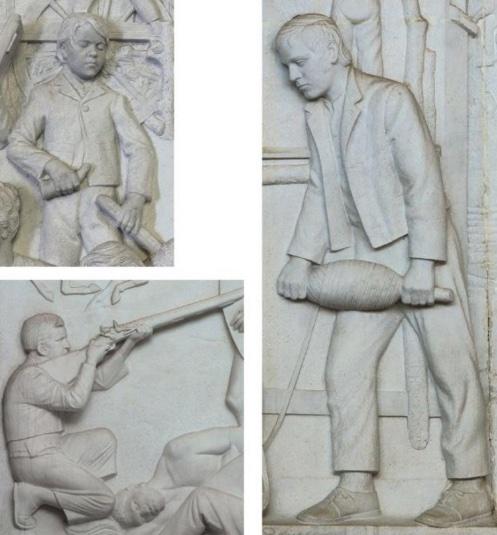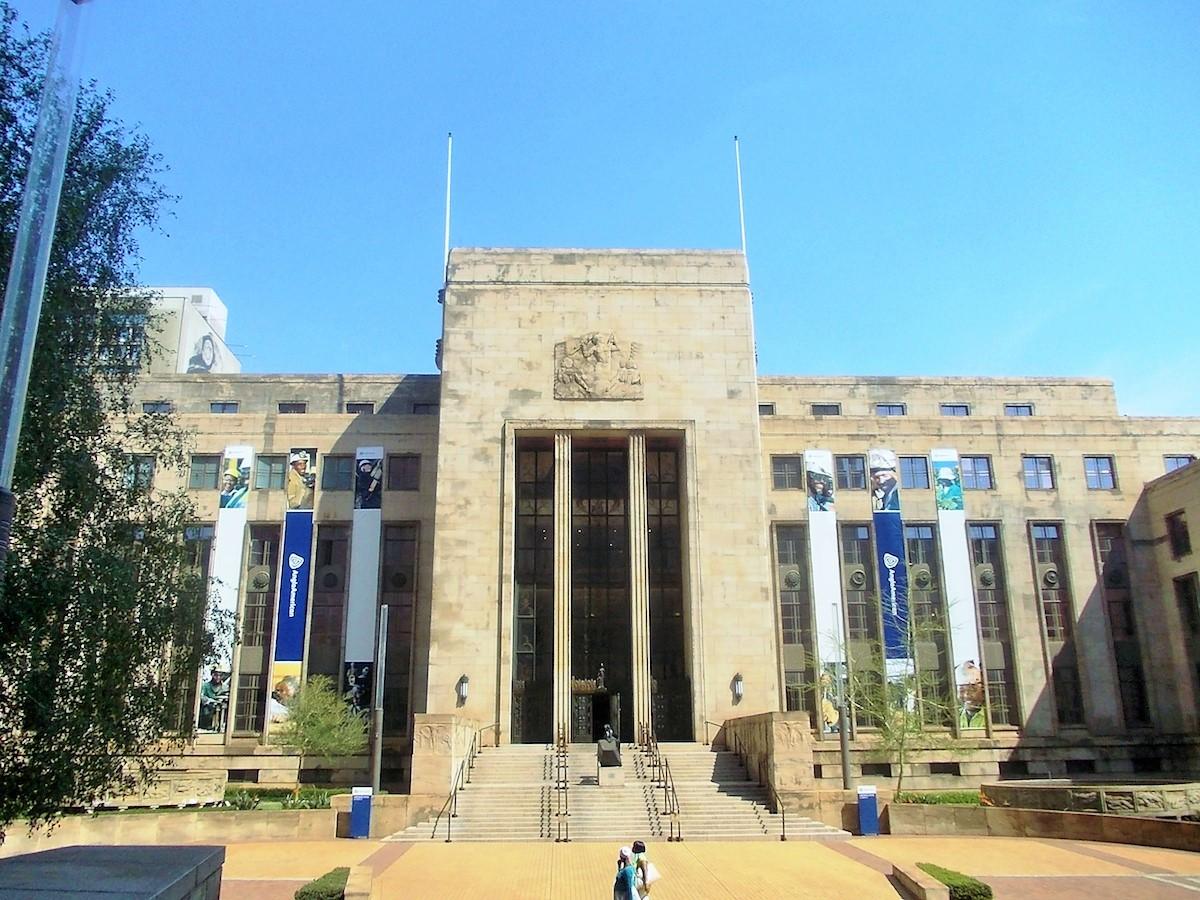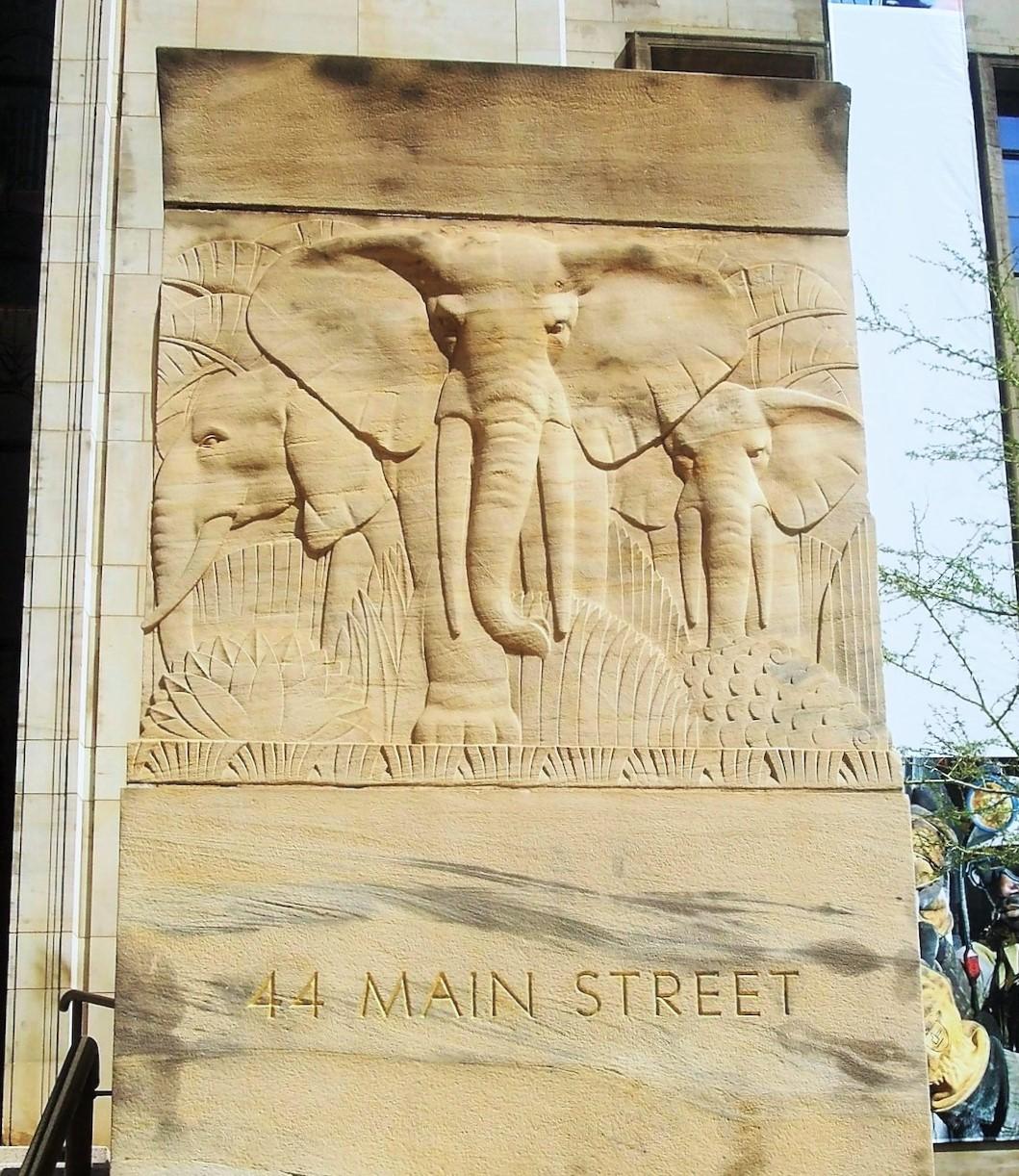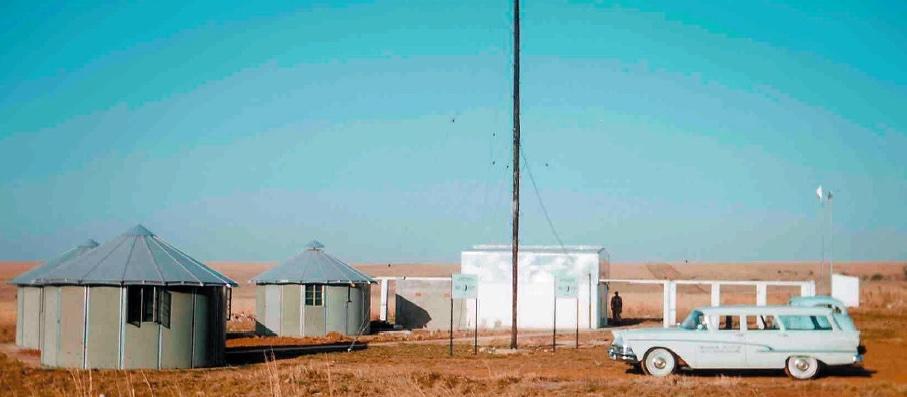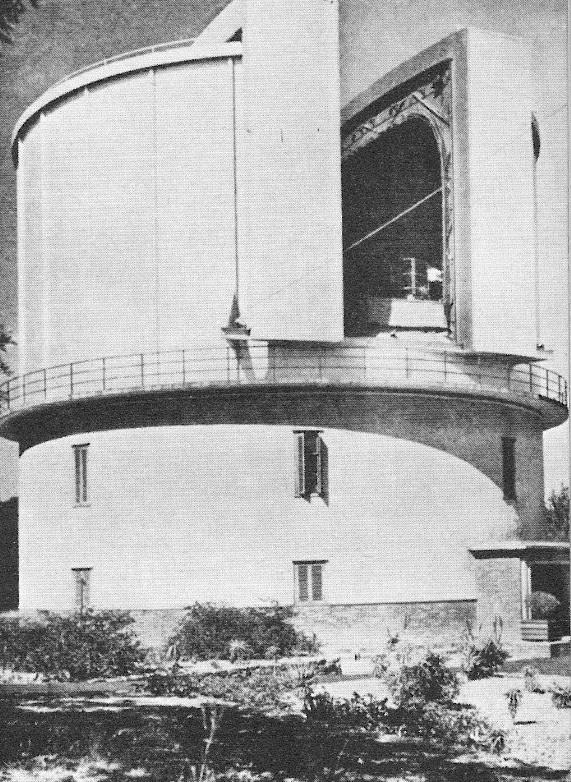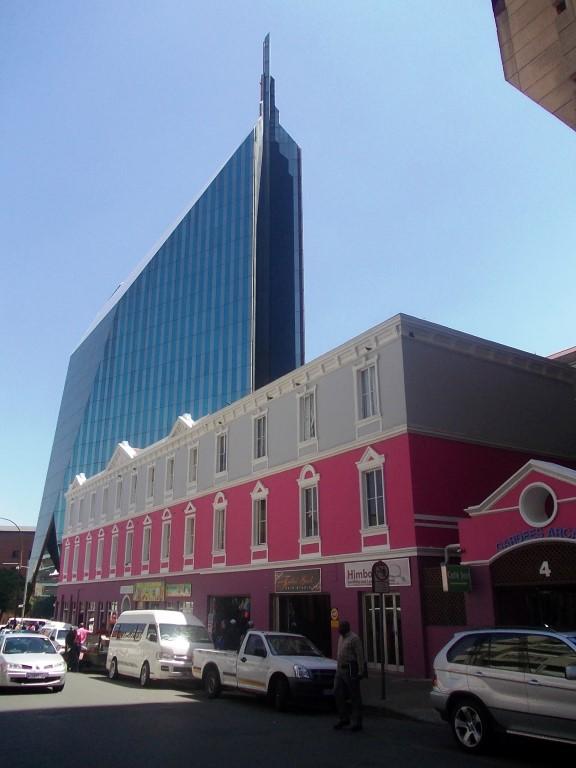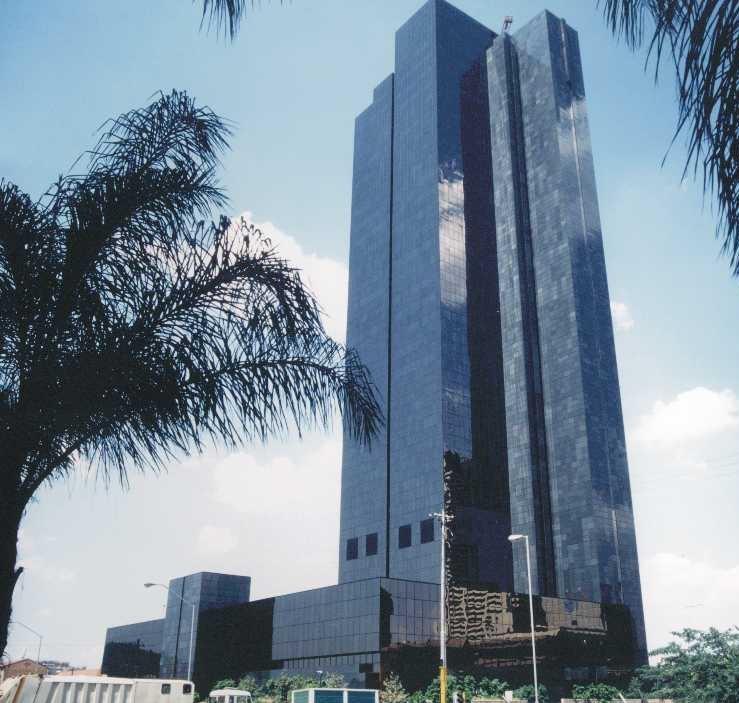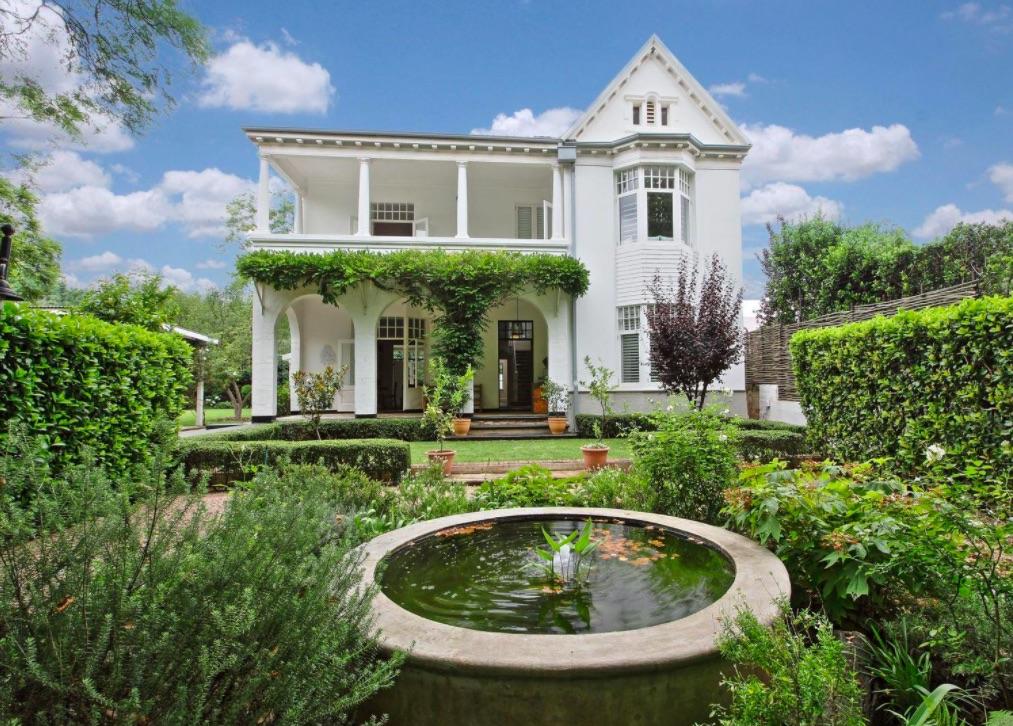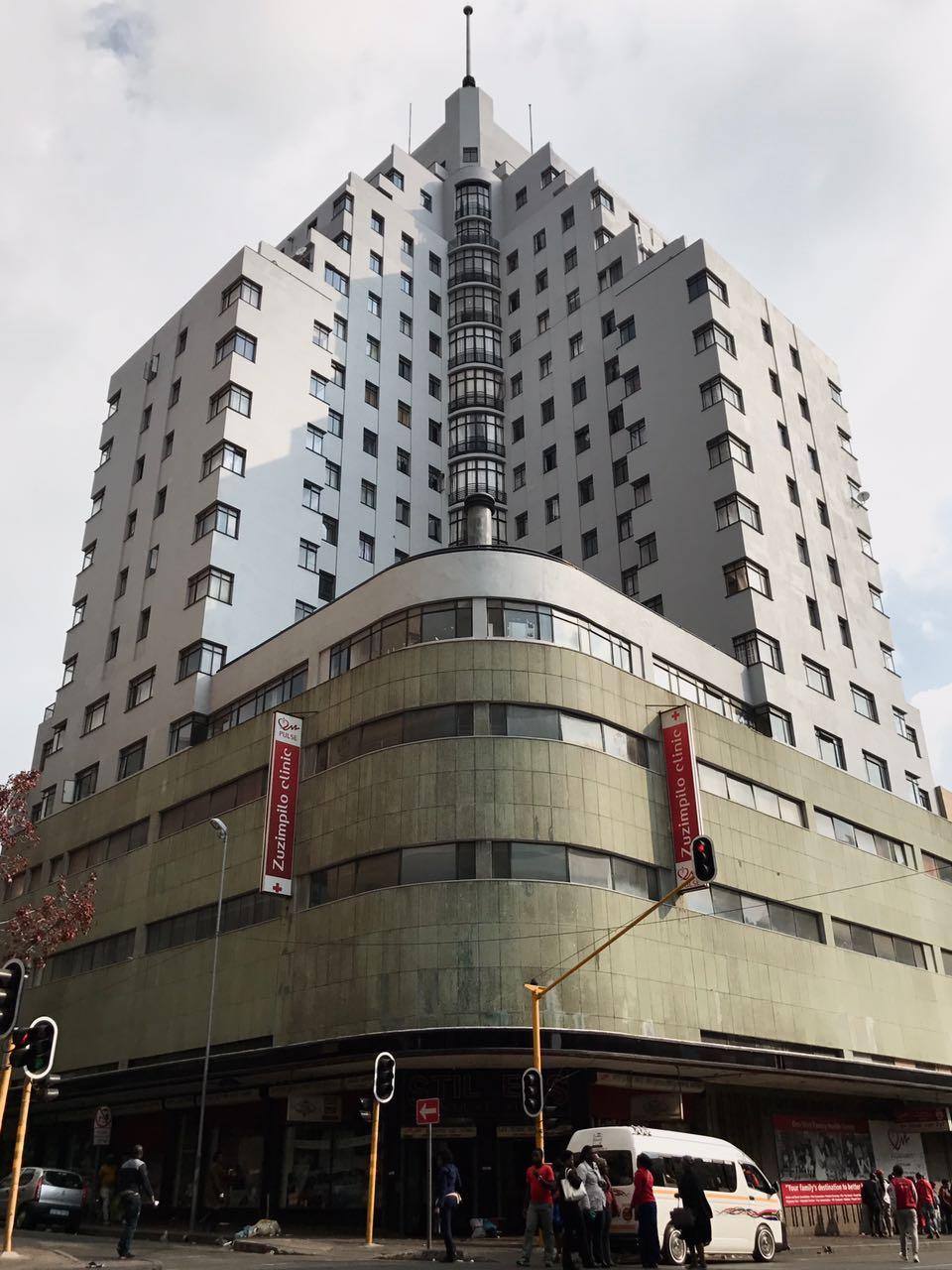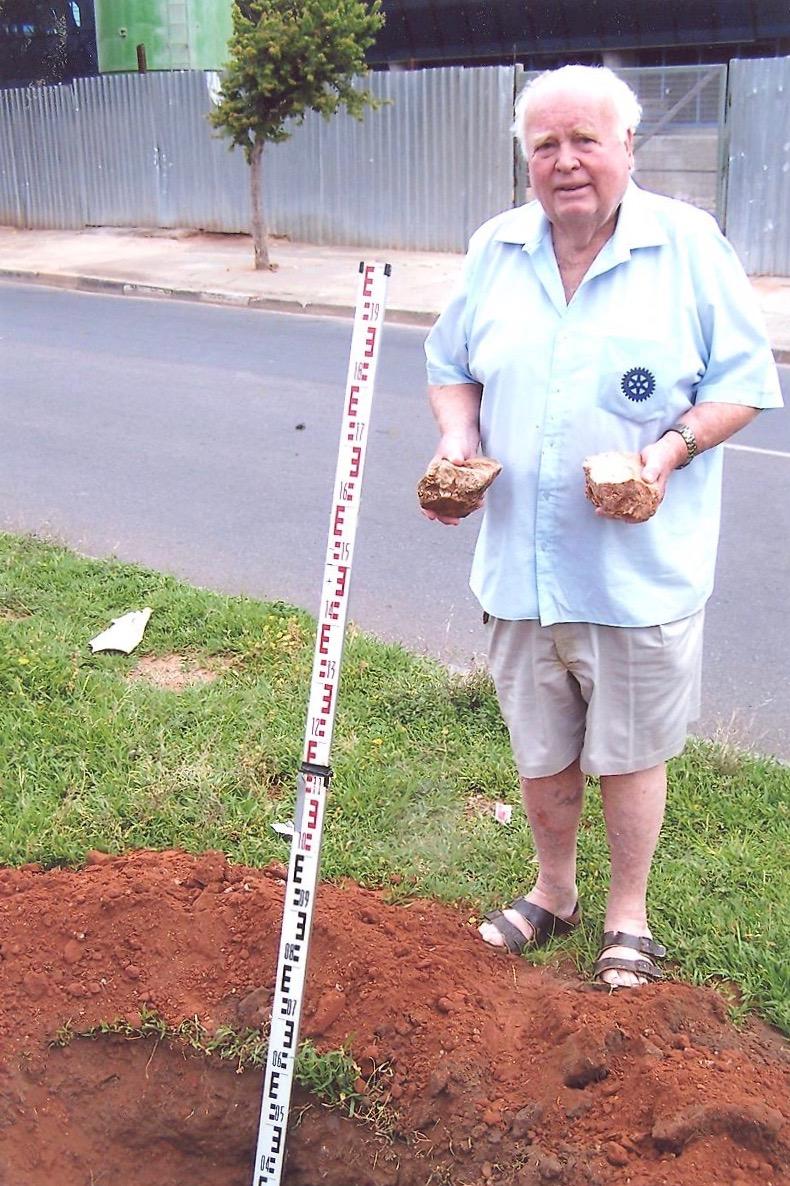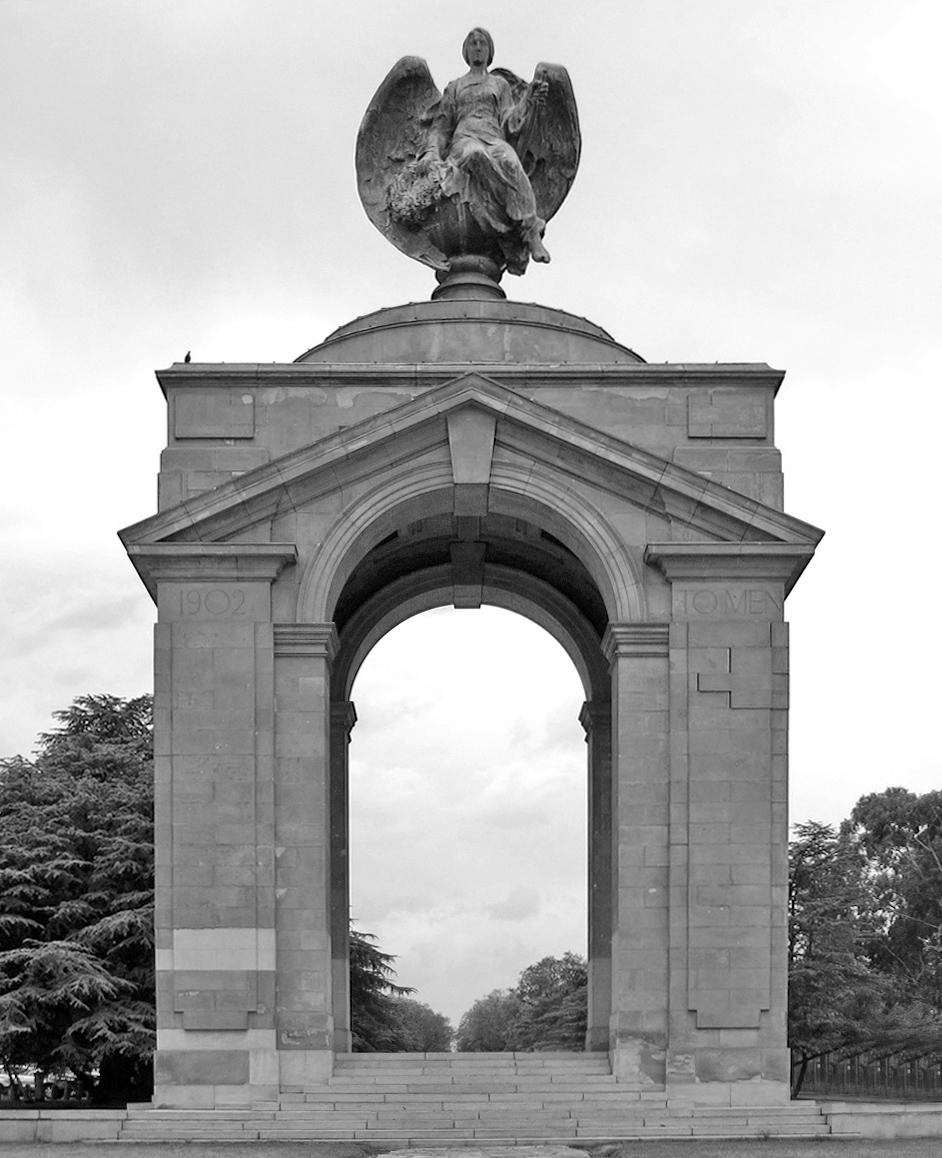Disclaimer: Any views expressed by individuals and organisations are their own and do not in any way represent the views of The Heritage Portal. If you find any mistakes or historical inaccuracies, please contact the editor.
A land surveyor of distinction and an early pioneer of South African satellite geodesy, Werner Kirchhoff, passed away at the age of 92 in August 2023.
Werner, born in Germany in 1931, was the son of Peter Kirchhoff and Margarete Bose. Two years later his family left Germany and immigrated to South Africa, settling in Johannesburg in 1934. Between 1936 and 1941, he attended the German school in Edith Cavell Street, Hillbrow and from 1942 to 1947, the German school in Pretoria (the Deutsche International Schule) and Pretoria Boys' High School.
Werner grew up in an artist’s home. His father (with three other artists: Hennie Potgieter, Laurika Postma and Frikkie Kruger) was commissioned to sculpt the Voortrekker Monument Hall friezes from 1941-1946. Here, the young Werner acted as the model for the young hero figure of Dirkie Uys, a young Paul Kruger at Vegkop and a surveyor in the Church of the Vow frieze. The latter post was prophetic indeed as surveying became Werner’s profession.
Werner posed for these figures in the Voortrekker Monument Hall friezes (Russel Scott)
The Kirchhoff family lived at Harmony Hall (the converted artists’ studio for the work of the four artists on the friezes). Peter was responsible for the 12 relief roundels on the flanking walls of the Johannesburg Public Library in 1934 and in 1938 was the sculptor who converted artists’ sketches into stone sculptures at the Anglo-American building at 44 Main Street. In the 1940s, Peter Kirchhoff executed his own designs for the Anglo-American building at 45 Main Street. Werner spent many youthful hours in his father’s studio assisting with the stone masonry.
44 Main Street (The Heritage Portal)
During Werner’s attendance at Pretoria Boys’ High School, he became fascinated with the way the land surveyors at the school measured both angle and distance. This led him to study surveying at the University of the Witwatersrand and in 1956 he completed his B Sc Engineering degree in land surveying.
Werner was also influenced by his father in developing a special interest in astronomy. Peter Kirchhoff was an amateur astronomer (an obituary in 1977 was written by AD Thackeray for the Astronomical Society of Southern Africa). In turn Werner’s early post-graduate surveys comprised establishing whole degree lines of longitude and latitude in the Zambian (then the Northern Rhodesian) bush from basic astronomical field observations by precision navigation from stars. Professor Ian Watt of Wits University contacted Werner in 1957 to set up a camera for the world’s second satellite tracking station at Olifantsfontein, located some 40 kms from Johannesburg in the region of today's Midrand (opened in 1959 and closed in 1976).
Early view of Olifantsfontein (Peter Smits)
The USA’s Smithsonian Astrophysical Observatory were the originators of the project and Werner became associated with this institution in 1958 as an honorary observer for the International Geophysical Year. In 1959 he was asked to join the observatory staff and to be involved with satellite tracking and later managing the Smithsonian Institution’s precision satellite photographic observation station at Olifantsfontein. This was the Baker-Nunn quick response telescope, which combined a telescope and a camera, and was used to track earth satellites and photograph them. Werner was awarded a medal for his observations.
In 1961 he was appointed assistant manager at the Radcliffe Observatory in Pretoria. Upon noticing an inter-continental ballistic missile spy satellite, he was summarily ordered to stop all further observations! Werner, however, refused , as he envisioned this as a new ideal tool for satellite geodesy, i.e. for the measurement of the earth’s shape. Werner told Alkis Doucakis (who assisted in transcribing some autobiographical chapters) that this had become a top-secret project as the Americans were afraid of the Russian IBMs. They, therefore, wished to keep it under wraps. Werner explained that as nobody had done this before him, he in effect had pioneered Satellite Geodesy. The upshot was that the Americans then invited him to teach them how to measure the earth’s shape using his new tool based upon his years of experience and experimentation in South Africa.
Radcliffe Observatory on Waterkloof Ridge (The Astronomy of Southern Africa)
His observational innovations, therefore, took him to the United States to the Smithsonian-Harvard Astrophysical Observatory in Cambridge, Massachusetts, as technical advisor for the Southwest Observatory and project manager, where he worked from 1966 to 1970. His mission was to establish a worldwide system of laser-ranging instruments, being large theodolite total stations with “shaft encoders” and “stepping motors” to preposition the laser pulses to intercept satellites with cubic retro reflectors, to observe return delays for distances accurate to a fraction of a metre over thousands of kilometres. He published two scientific papers on the subject. For his association with the Smithsonian, Werner was awarded a Certificate of Appreciation. He was way ahead of his colleagues in connecting land surveying techniques and astronomical observations.
Returning to South Africa in 1970, Werner established his own land surveying practice. He saw the application and benefits in the construction industry of laser instruments to achieve greater speed and accuracy in surveying, especially in vertical control of high-rise structures, deep excavation, as well as providing high accuracy planimetric and level control using conventional, first order instruments and methods. He was appointed Consultant Land Surveyor on numerous large projects including the three ultra-modern structures designed by the internationally famous architect, Mr. Helmet Jahn, for Anglo- American Properties, i.e., the diamond-faceted 11 Diagonal Street, the horseshoe-shaped 22 Girton Road and the spiral tower at 362 West Street, Durban.
11 Diagonal Street behind the Carmel Building (The Heritage Portal)
Other important appointments were to the South African Reserve Bank’s 35 storey headquarters in Pretoria, the tallest landmark building in Pretoria with its total glass and polished granite faces, the new Standard Bank Headquarters in Johannesburg, the Old Mutual steel structure, First National Bank’s Bank City and his surveys of Sun City during 1974-1989. He was a council member of the Institute of Professional Land Surveyors of the Transvaal.
Reserve Bank Building, Pretoria (Wikipedia)
His professional experience has been extremely varied and most satisfying in being able to contribute to finding solutions to unusual problems by crossing disciplinary boundaries. He was a man ahead of his times who presented numerous lectures and papers from 'The use of satellites for surveying' to the 'Scale of the universe'.
He married Anna-Maria in 1961 and the couple had four children: Peter, Elizabeth, Teresa and Christopher. Chris followed in his father’s footsteps and took over the practice.
When the family returned from the USA they settled at Avalon at number 16 Seymour Avenue in Parktown, an elegant Edwardian home built in 1910. This heritage house was awarded a blue plaque a few years ago.
Avalon (Jawitz)
Werner served for several years as chairman of the Parktown Association. He was a property owner in the Ansteys Building redevelopment and served as chairperson of the Body Corporate ensuring stability in its finances. He was a member of the Johannesburg Heritage Foundation.
Ansteys (Brian McKechnie)
He and Anna-Maria moved to their home at 45 Melrose Street, Melrose Estate in 1997 following Werner’s retirement. He took up new interests in heritage and collecting Africana.
Always having had an interest in trigonometric survey beacons, in 2014 Werner re-discovered the circa 100-year old beacon (dating from 1919) on Oxford Road, about 100 metres south of Glenhove Road. In a newspaper article, former City Engineer George Grant related the history of the beacon. Realising its importance, Werner connected with Barrow, the developer of the large new office block on the corner of Glenhove and Oxford Roads, and contacted Flo Bird of the Johannesburg Heritage Foundation to initiate the process that led to the erection of a blue plaque. Today the existence of the 19th century farms of Syferfontein, Braamfontein and Klipfontein are commemorated at this site.
The Oxford Road Beacon with blue plaque (The Heritage Portal)
Werner Kirchhoff standing in front of the hole at the position of the original stone cairn (Kirchhoff Collection)
His last few months were spent at an old age home where he peacefully passed away in his sleep.
Werner was always eager to share his fountain of knowledge with others as well as to lend his series of Johannesburg maps and diagrams to anyone who showed an interest in them. Werner, together with Avril Read, wrote an article in the 1990s on the significance of Beacons and Boundaries (click here to read) and in 2021 a further article appeared updating the Oxford Road Beacon story (click here to read).
Werner acquired one of the earliest Johannesburg maps dated 11th November 1886 and made by WH Auret Pritchard (Government Land Surveyor) of a portion of the farm Langlaagte showing mining claims and the first suburb of Johannesburg, Paarlshoop. He gave a facsimile copy of this map to the Johannesburg Heritage Foundation. The existence of this map is a vital item of documentary evidence of the development of early Johannesburg.
Flo Bird remembered Werner with this recollection:
He was chairman of the Parktown Association in the 1980s when I was still the secretary, so we often worked together on objections to rezonings and on development plans. I met him again when he chaired the Body Corporate at Ansteys, and really valued his very practical approach to people who did not pay their electricity bills.
We connected again in the matter of saving the Rand Regiments Memorial Trust, which had been in abeyance for many years after the death of the trustees. I think Herbert Baker was the last to die. Then General Philip Pretorius, director of the War Museum, got it resuscitated by applying to the High Court. Meantime the City had rezoned much of the land in conflict so they could use the land around the memorial as roadway and parking. This conflicted with the conditions of the Trust Deed. We had to go to court again to reinstate the Trust and force the City to accept the validity of the Trust Deed. At this point Werner came in and assisted. It was a very fierce battle. Costs were given against the City and when they didn’t pay, our lawyers started attaching goods. Computers and furniture of the Parks Department were being removed when they managed to pay the account. The Department was even told that the Mayoral car was next on the list! When we were fighting to re-instate the Trust and force the City to accept the validity of the Trust Deed, Werner was invaluable in explaining the complications of the vistas and helping us in our representations to the City Council. We were so pleased when he agreed to our appointing him a trustee.
Rand Regiments Memorial (Lutyens Trust)
He had a phenomenal memory. Again, with the recognition of the beacon in Oxford Road he was bursting with information. I so enjoyed that. Years before we had visited Paarlshoop to look at the two beacons which had survived. My dad had taught me to respect beacons, but it was Werner who taught me the significance of the difference types.
Werner paints the beacon he rediscovered along Oxford Road (The Star)
Rest in Peace Werner.
Kathy Munro is an Honorary Associate Professor in the School of Architecture and Planning at the University of the Witwatersrand. She enjoyed a long career as an academic and in management at Wits University. She trained as an economic historian. She is an enthusiastic book person and has built her own somewhat eclectic book collection over 40 years. Her interests cover Africana, Johannesburg history, history, art history, travel, business and banking histories. She researches and writes on historical architecture and heritage matters. She is a member of the Board of the Johannesburg Heritage Foundation and is a docent at the Wits Arts Museum. She is currently working on a couple of projects on Johannesburg architects and is researching South African architects, war cemeteries and memorials. Kathy is a member of the online book community the Library thing and recommends this cataloging website and worldwide network as a book lover's haven. She is also the Chairperson of HASA.
Comments will load below. If for any reason none appear click here for some troubleshooting tips. If you would like to post a comment and need instructions click here.

